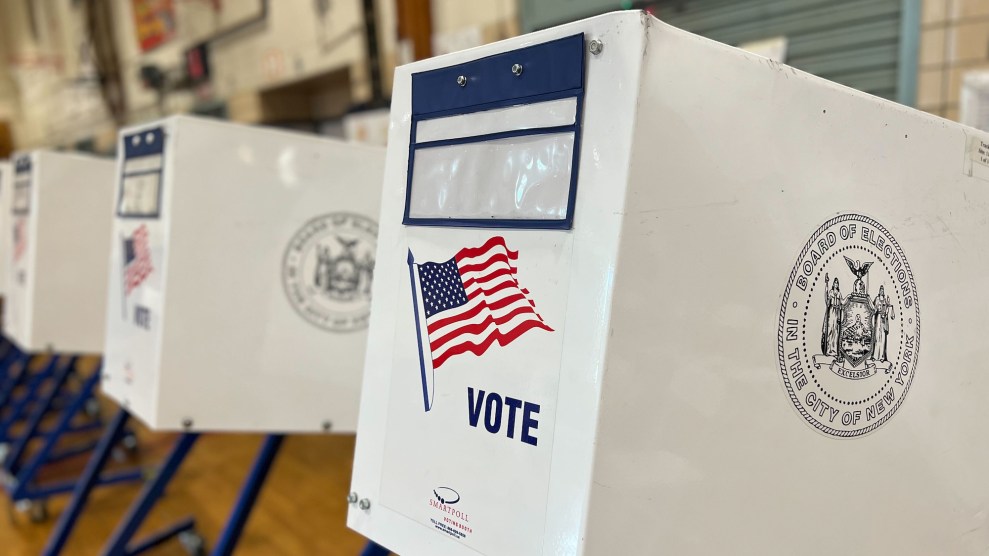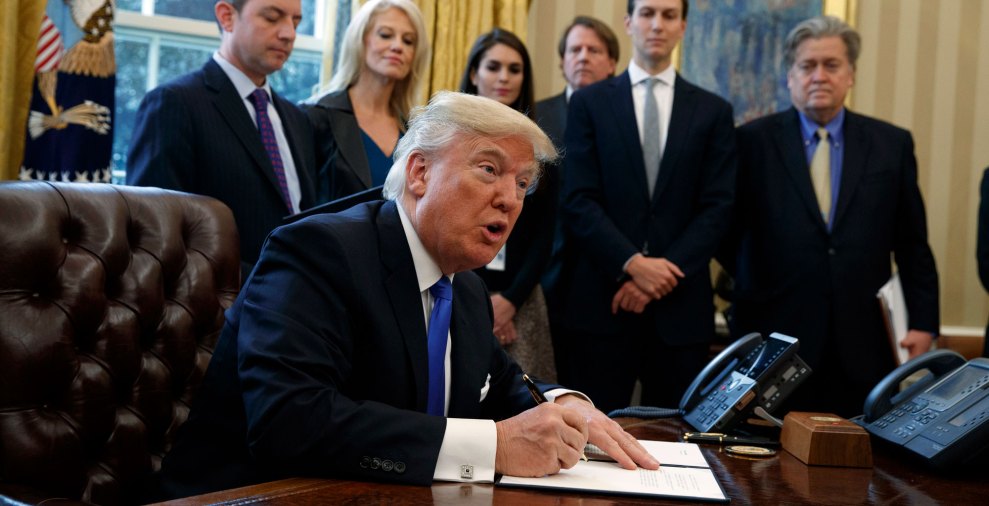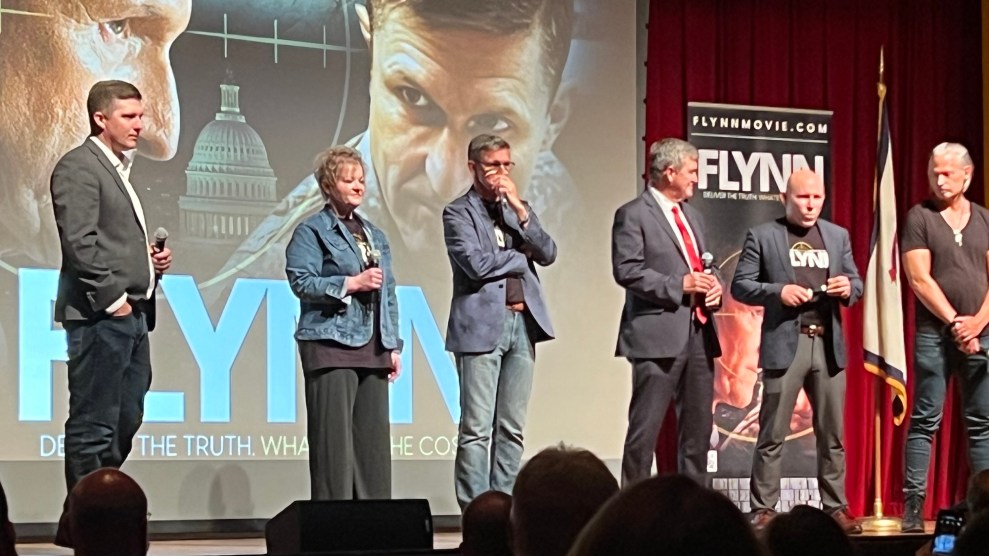Last week Connecticut’s governor signed a major campaign finance reform bill into law. Most good government groups rejoiced at the step.
But others are upset that the Connecticut bill favors major party candidates. Any Democratic or Republican candidate for the State House or Senate (or the governorship) qualifies for significant public financing once he or she demonstrates his or her viability by raising a small amount of seed money. But candidates running on other ballot lines will have to jump through an additional hurdle, and collect signatures equal to 20 perecnt of the total votes cast in the last race for the office they seek. For the governor’s race, that would mean more than 200,000 signatures—a pretty substantial hurdle.
The bill’s authors argue that the additional requirement is necessary to prevent vanity candidates and candidates without a realistic shot at office from garnering state funds. But it smacks of discrimination and insider back-slapping to Lowell Weicker, an ex-Republican Senator who turned Independent before ascending to the governorship. He bitterly complained that the bill was written in a way that favored republican and democratic candidates, and is at work on a constitutional challenge to those provisions of the law. Former Congressman John Anderson, who ran for president as an independent in 1980, had a letter to the editor in Friday’s New York Times making similar points about the Nutmeg State’s new law:
But lawmakers should be ashamed of the prospective law’s appalling and likely unconstitutional provisions to prevent independent candidates from securing public financing. …[L]egislators seem too fearful of independents and third parties to provide them with an equal opportunity to secure financing.
A strong two-party system cannot rest upon denying the ability of independents to hold the major parties accountable.
Minnesota’s modest public financing laws go a long way towards explaining how then Reform party candidate Jesse Ventura was able to take that state’s governorship without well heeled supporters. Say what you will about his governing record or political beliefs, but it would be impossible to deny that his election was one of the most exciting—and little-d democratic moments—in American politics of the last decade. Arizona and Maine are the two states with the most fully developed state-level public financing mechanisms, with Vermont not that far behind. All three give equal access to the funds regardless of the candidate’s party. While its not saying much, it’s probably not a coincidence that the latter two have the most fully developed progressive third parties anywhere in the nation.















